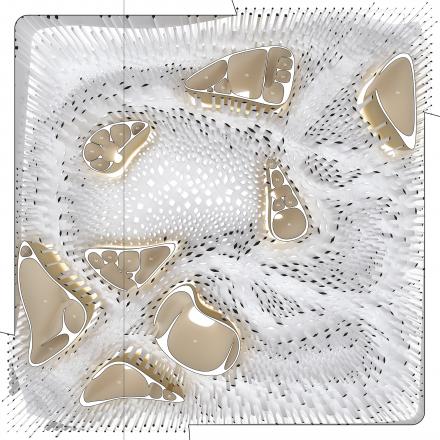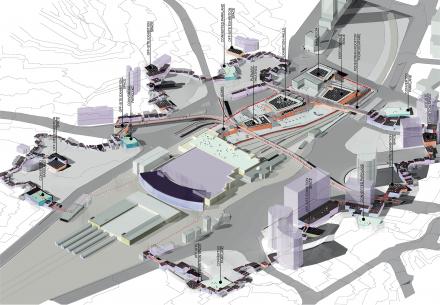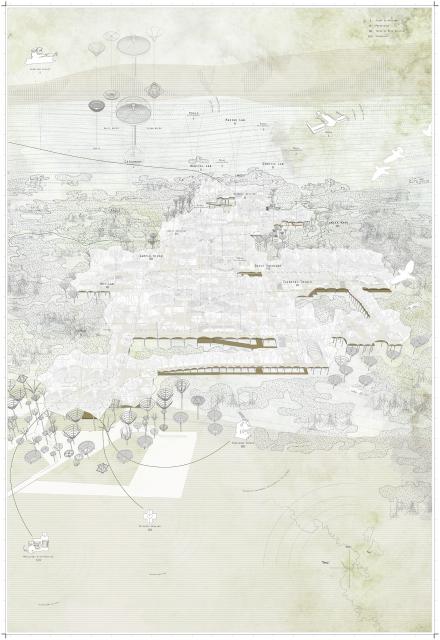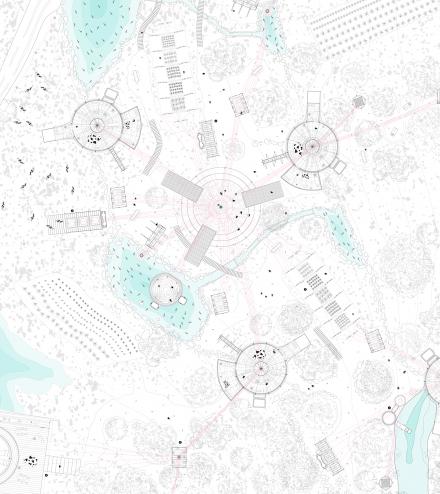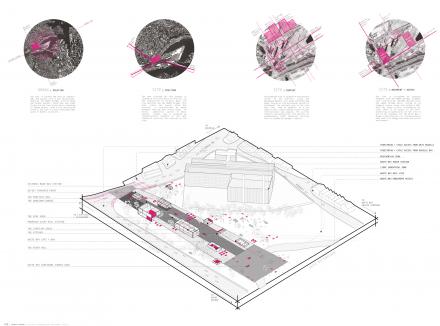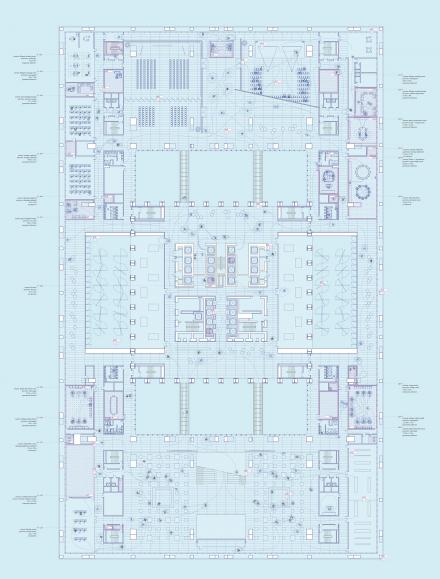This studio explored the capacity for ‘glitch-informed’ digital image processes to be instrumental in the production of material and spatial strategies for design and architecture. The subject was framed within the context of technologies of digital image production and the sorts of digitally envisioned ‘spaces’ created by the Internet, with all of their attendant glitches, errors, and ghosted of digital artefacts.
The studio was sited at Pin Oak Court in Vermont South, Victoria, more commonly known as Ramsey Street in the television series Neighbours. The studio used the various spatial and material scales of the domestic house as a platform for the application of various generative digital toolsets. Using video footage extracted from Neighbours episodes, students extrapolated spatial diagrams and artefacts associated with the Neighbours housing precinct as a starting point for data activation and formal modification. By challenging the stereotypical notion of ‘the Australian house’, students proposed the modification of one of the most renowned and resistant clichés of our national culture.




